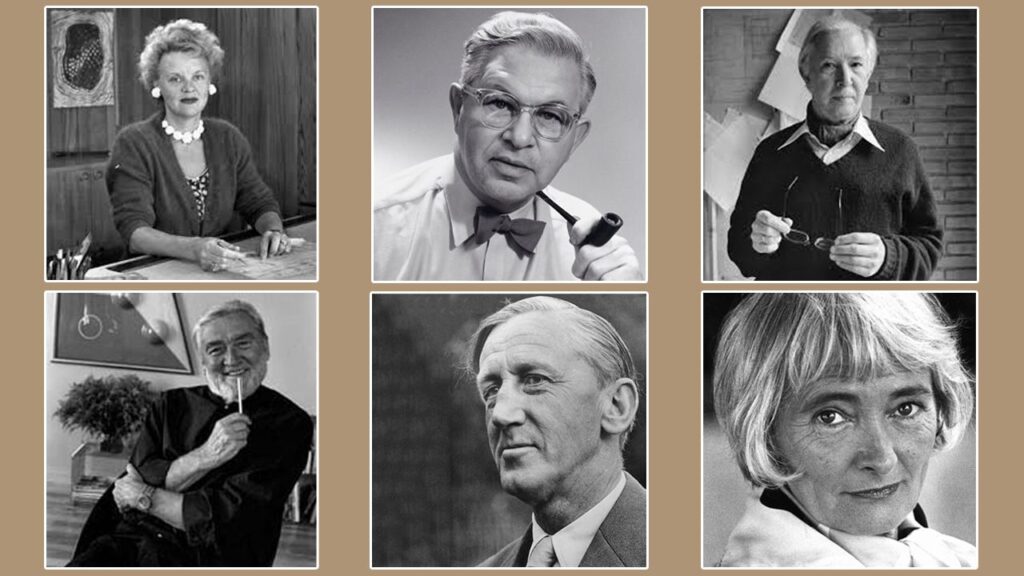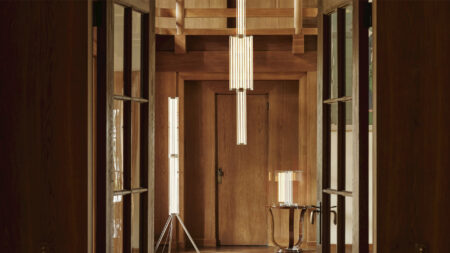Scandinavian design – characterized by minimalism, simplicity, functionality, and sustainable material usage – has established itself as one of the leading design styles of the 21st century. The clean lines, natural materials, and neutral color palette of the Scandinavian style appeal to the design sensibilities of the modern homeowner in interior design, furniture, or architecture. Originating in the early 20th century, the Scandinavian design movement flourished throughout the five Nordic countries Denmark, Finland, Norway, Sweden, and Iceland by the 1950s and spread worldwide.
Scandinavian design has significantly impacted the world of interior and furniture design. This revolution brought a new wave of aesthetic appeal focused on innovation and craftsmanship in the furniture and lighting industry. Here are the 10 most influential Scandinavian designers of all time, who changed the course of the design industry whether it was furniture, lighting, interior, or architecture.
Kaare Klint
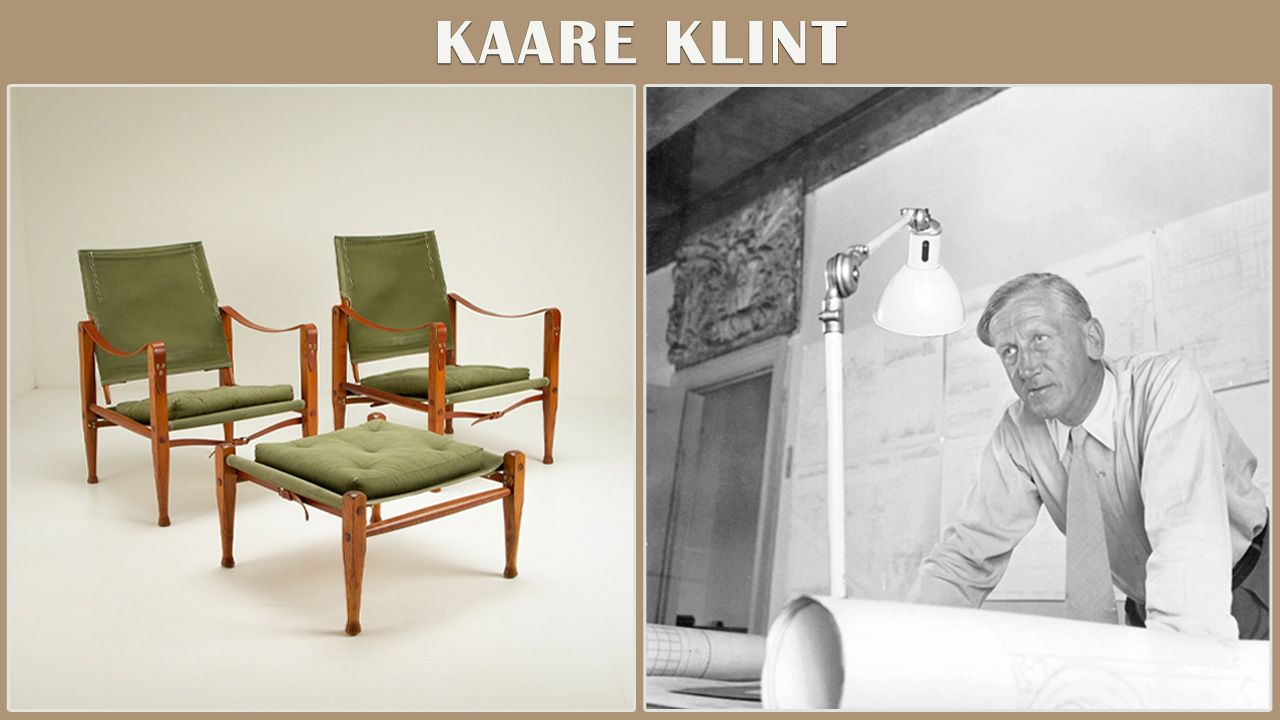
Often regarded as the father of modern Danish furniture design, Klint was born into a family of architects and designers. The creative environment of his home influenced his career significantly and served as the foundation for his journey. He spearheaded the design approach where practicality was put at the center while keeping aesthetic elegance in mind.
Among his popular designs, Safari Chair and Red Chair remain iconic thanks to their minimalistic and user-centric outline. His philosophy influenced succeeding furniture designers and architects such as Hans J. Wegner, Mogens Koch, and Børge Mogensen who shaped the Danish design ethos. Klint revolutionized furniture design with functionalism and practical study at a time when much emphasis was on style.
Hans J. Wegner
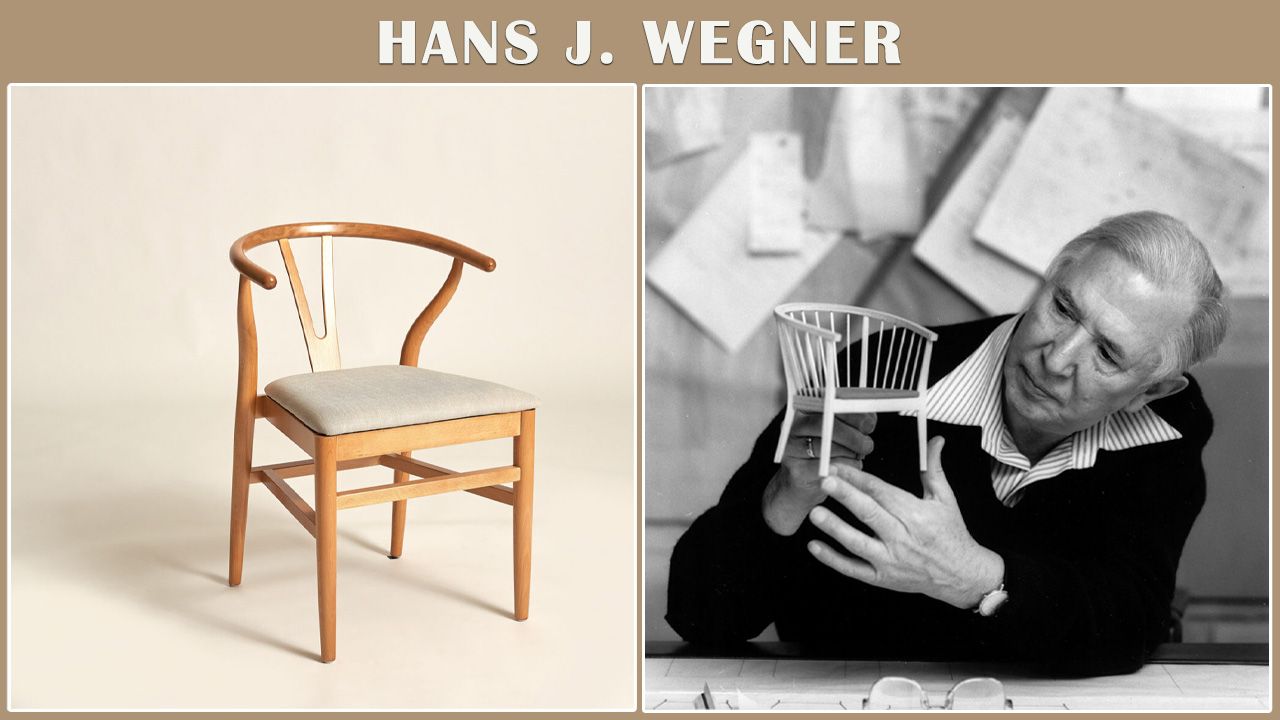
Hans J. Wegner is one of the best mid-century furniture designers. He contributed to the international popularity of Danish design. His work left an imprint on the global design landscape, bringing forth the harmony of form and function that continues to inspire contemporary designers.
Wegner’s style is often regarded as Organic Functionality, a school of designers focusing on the functionality of a furniture piece. Arguably, his career as a cabinetmaker and woodworking laid the foundation for his prolific career in furniture design. Wegner created almost 500 chairs in his lifetime, many of which were timeless such as the Wishbone Chair and Shell Chair.
Also Read: 30 Most Famous Chair Designs of All Time
Arne Jacobsen
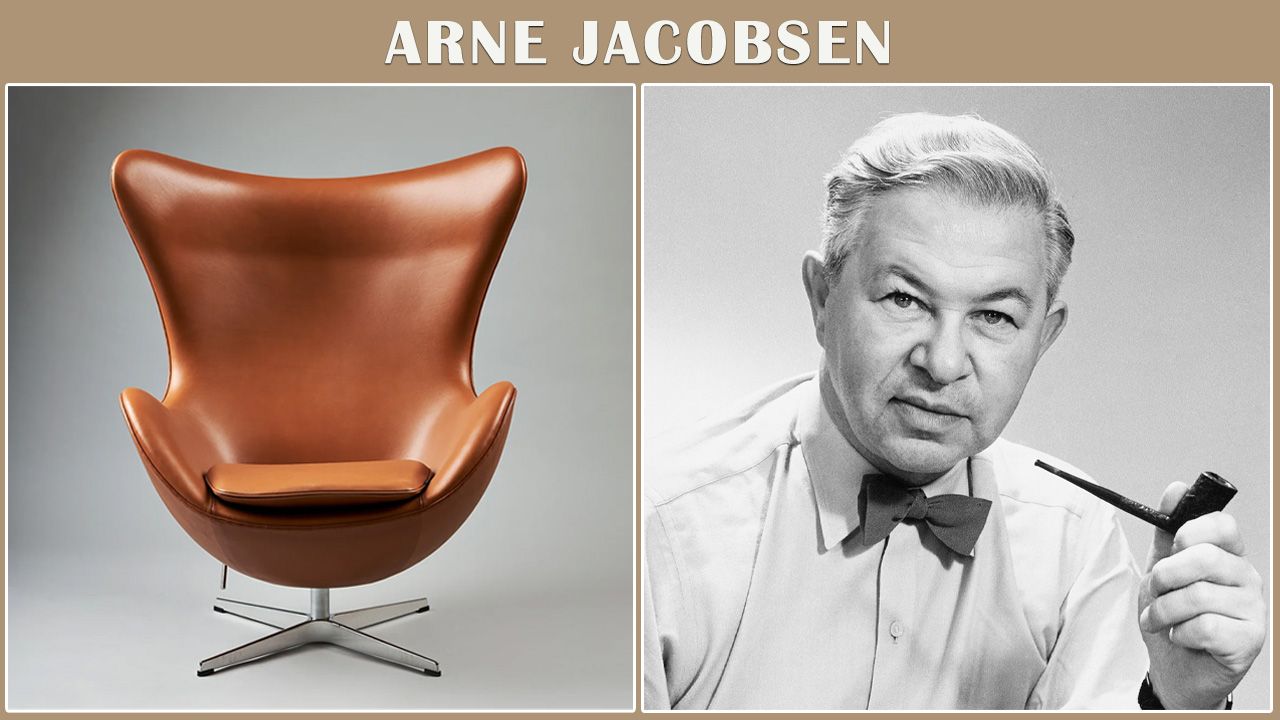
Designer of the iconic Egg Chair and Swan Chair, Arne Jacobsen was one of the most significant Danish architects and designers. He not only designed buildings, but vastly contributed to furniture, lamp, fixture, and textile industries as well.
His furniture designs were simple and well-curated to maximize functionality and achieve a timeless quality. Jacobsen embraced the modernist design ethos and focused on organic forms, ultimately becoming a pioneer of mid-century modernism. His Egg chair is one of the most iconic chair designs.
Børge Mogensen
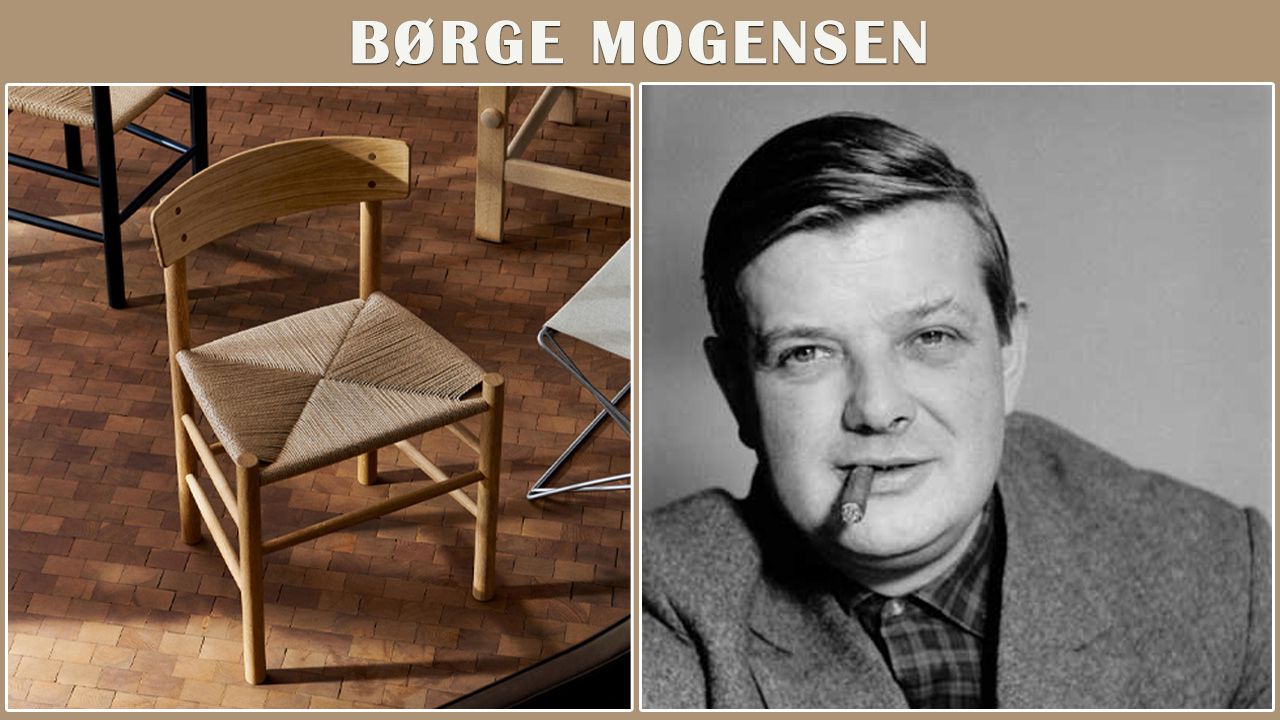
Another leading designer in the Danish Modern movement, Børge Mogensen was a brilliant furniture designer. He aspired to create everyday objects that would stand the test of time and the inevitable style evolution. Like his fellow Danish designers, his design ethos echoed the principles of simplicity, functionality, and endurance.
Among his popular works, the Spanish Chair and J39 Mogensen Chair are recognized for their lasting durability and timeless appeal. Many of his designs are still in production, thanks to these qualities, and have become a modest expression of sustainable furniture.
Poul Henningsen
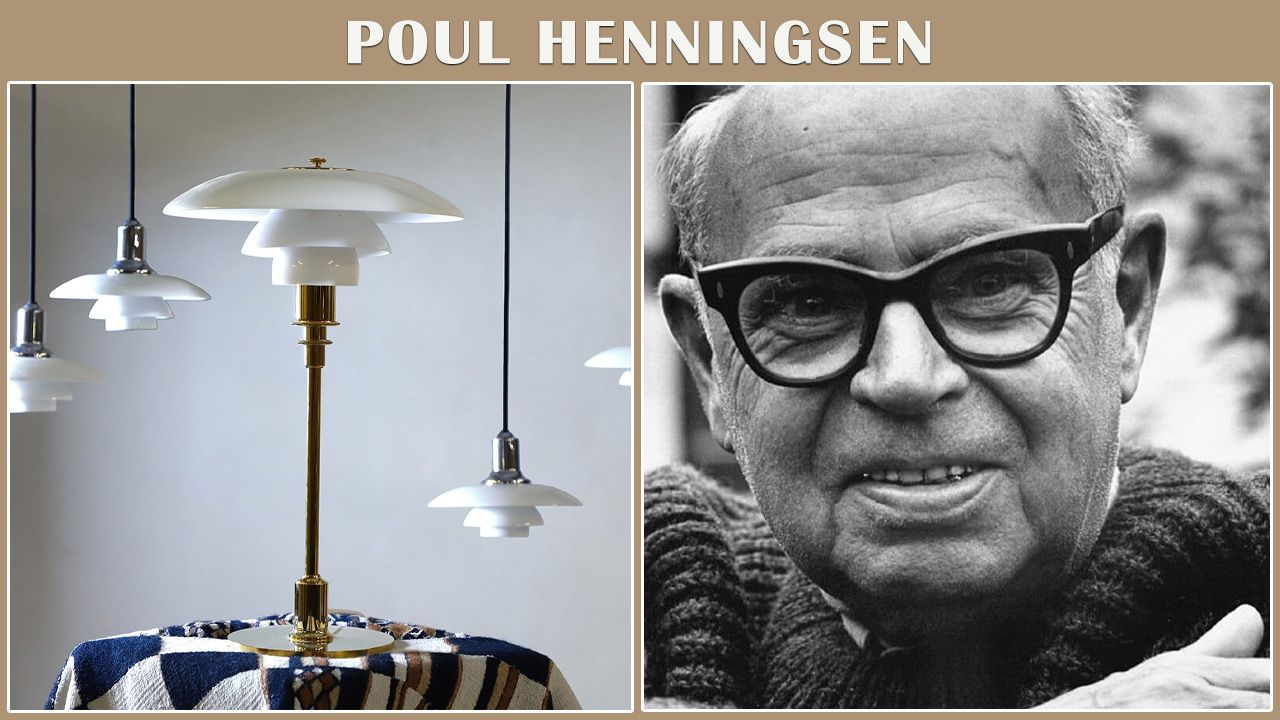
Multi-disciplinary designer Poul Henningsen played a pivotal role in the Danish design landscape, primarily in lighting. Henningsen advocated that well-designed and functional spaces are versatile and work for every individual. He desired to create a ‘good design’ that appealed to the bourgeoisie but was also within reach for the working people.
His design of the PH-lamp series of glare-free shaded lamps is widely known along with the Artichoke lamps. The design for the PH-lamps is characterized by layered shades that reflect and baffle the light rays from the bulbs to attain softly diffusing light.
Also Read: 10 Popular Chairs by Architects Designed to Live Forever
Verner Panton
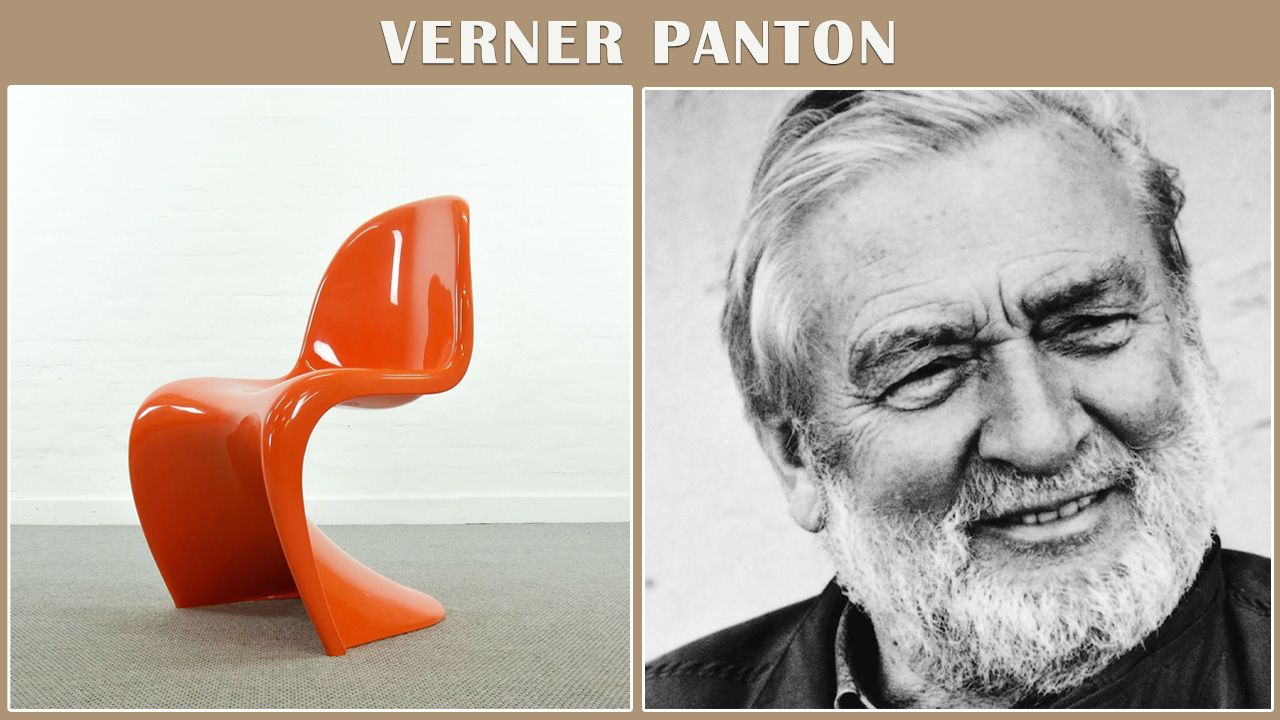
Verner Panton was one of the most influential 20th-century furniture and interior designers. The impact of his design philosophy and work has reverberated through time, establishing him as one of the best Scandinavian designers. His bold use of color was the hallmark of his work, along with novel ideas and shapes marrying into furnishings, lighting, and textiles.
He was known for working with futuristic materials, particularly plastics. His Panton chair is still one of the most celebrated furniture pieces. The exotic and vibrant colors of his designs still evoke a modern and cheery feel in every space.
Alvar Aalto
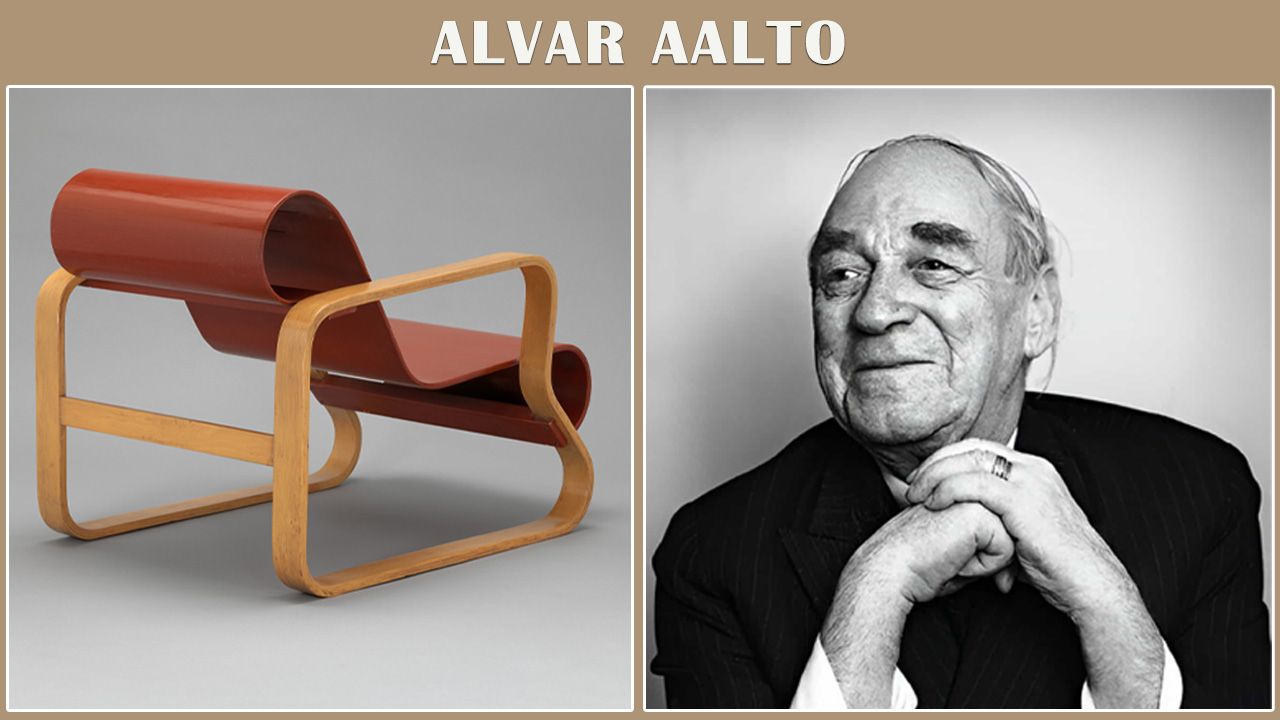
Finnish architect and designer Alvar Aalto is celebrated as a precursor of mid-century modernism in design. His portfolio included architecture, furniture, textiles, and glassware. However, he is widely known for his invention of bent plywood in furniture, which is said to have inspired the design aesthetics of Ray and Charles Eames, and George Nelson.
The design ethos of Aalto was based on the notion that human emotion and natural forms could be used as a source of organic design. His contemporaries fixated on sharp angles and stark materials, however, Aalto’s work was heavily focused on curves, natural elements, and a sense of warmth.
Greta Magnusson Grossman
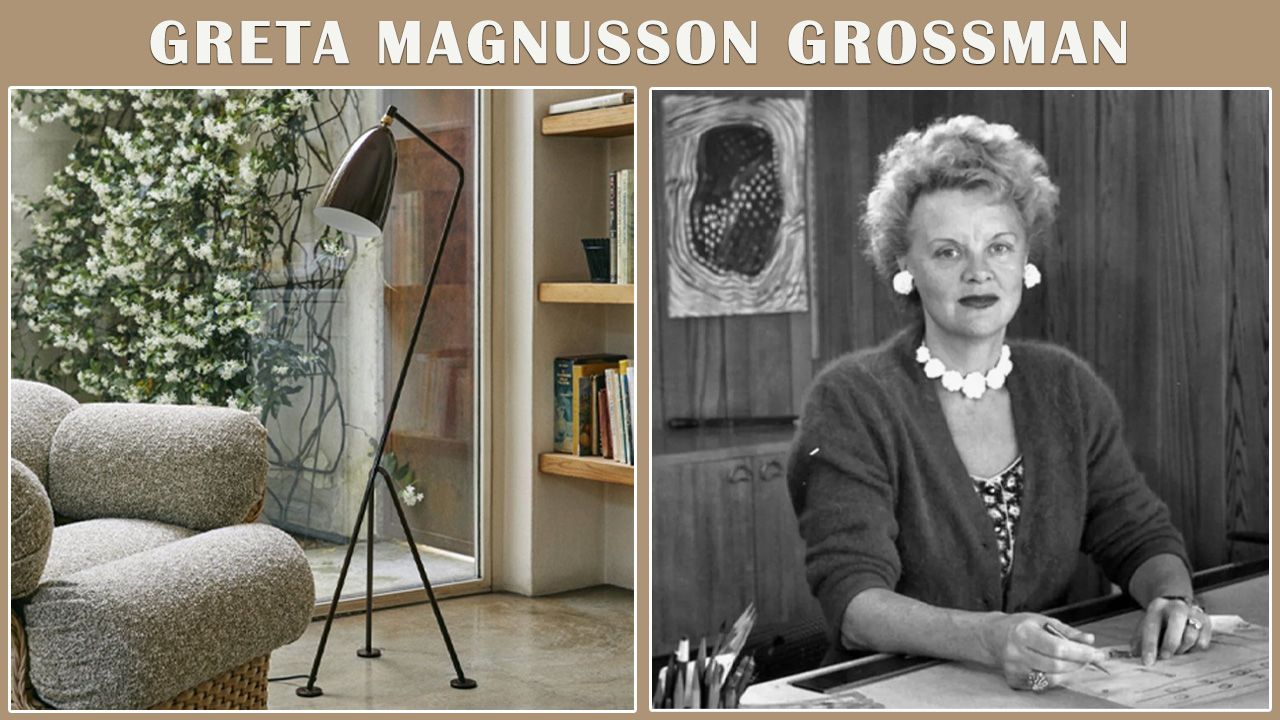
Greta Magnusson Grossman is often regarded as a forgotten figurehead of Scandinavian design. Grossman was a Swedish furniture designer, interior designer, and architect. She brought Swedish style to the US and was one of the few female designers to gain prominence during the mid-20th century Los Angeles architectural landscape.
While Grossman’s achievements are highly recognized in industrial design, interior design, and architecture, she also designed furniture and lighting, including Gräshoppa Lamp and Cobra Lamp, for which she is best known today.
Also Read: 10 Famous Chairs in Movies and Pop Culture
Finn Juhl
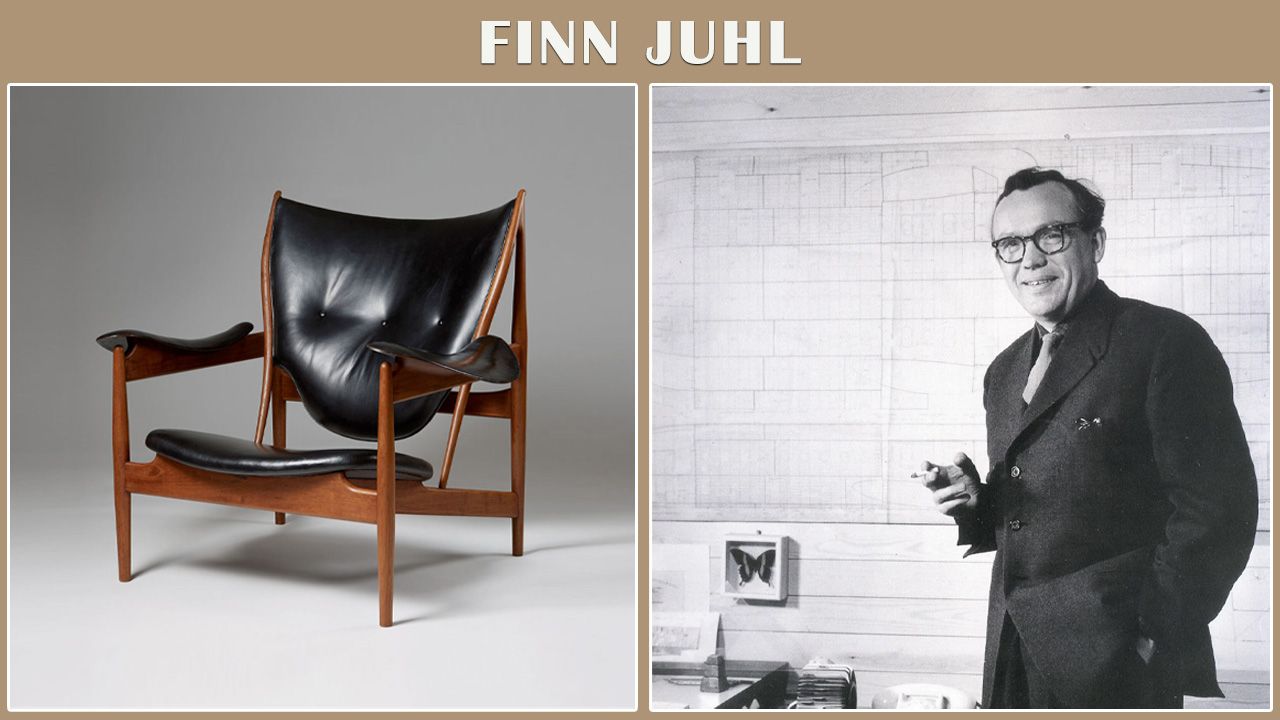
Multi-disciplinary designer, Finn Juhl is most known for his furniture designs and was one of the pioneering figures of Danish design in the 1940s. He was also the designer who introduced Danish Modern to the American design scene. Juhl approached furniture design with a sculptural quality by breaking the strict norms of functionalism.
His designs are characterized by their sculptural and organic forms with an ageless quality. The Chieftain Chair and 45 Chair are the prime examples of his unique approach to seating. His design ethos inspired succeeding designers to push the boundaries of form and function.
Grete Jalk
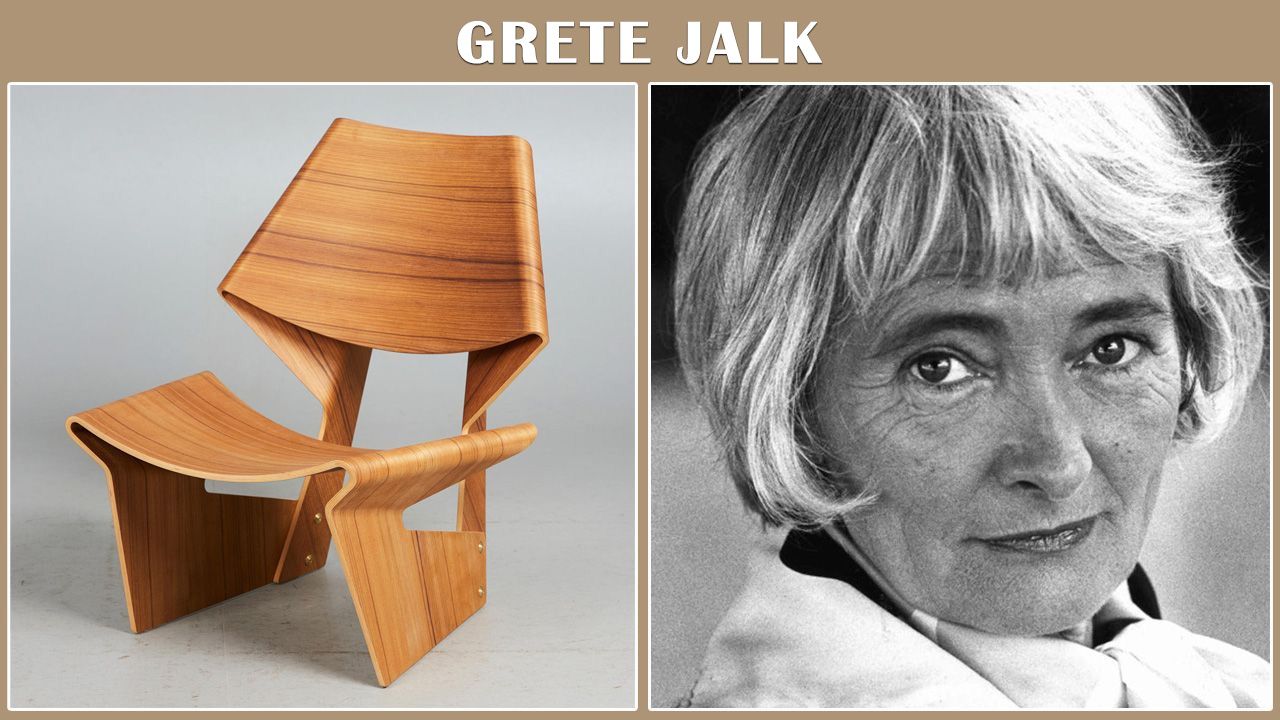
Danish furniture designer and architect, Grete Jalk enhanced the modern furniture design landscape with clear, comfortable lines in her designs. Her GJ Chair is her best-known design. It combines aesthetics with practicality and remains a sought-after piece today.
Jalk’s contributions to mid-century design remain timeless thanks to their sophisticated elegance and versatility. She was bold and experimental with unique ways of material usage and forms.
Each of these Scandinavian designers has shaped the design movement with their innovative vision and contributions. Their work and design ethos continue to inspire designers even today.
Follow Homecrux on Google News!
